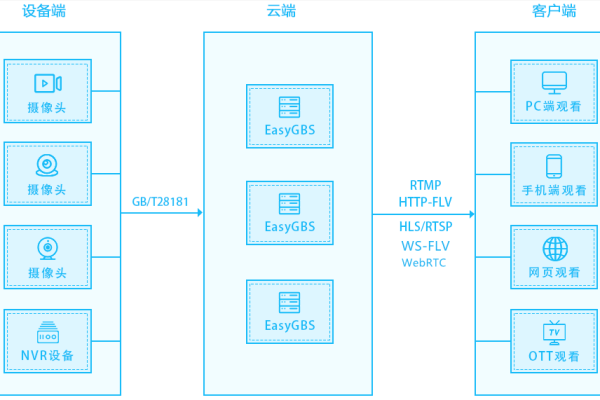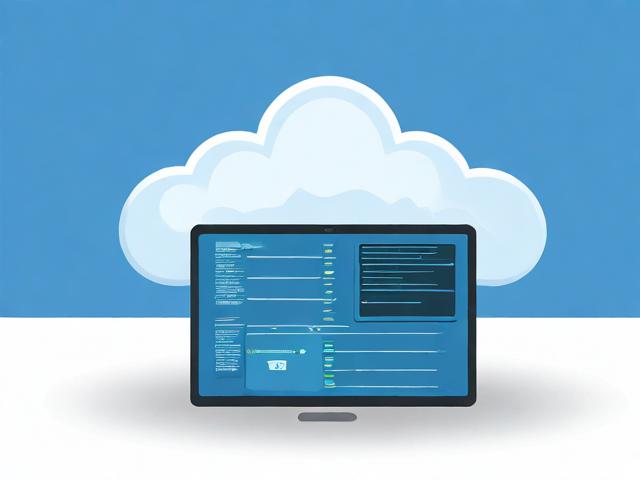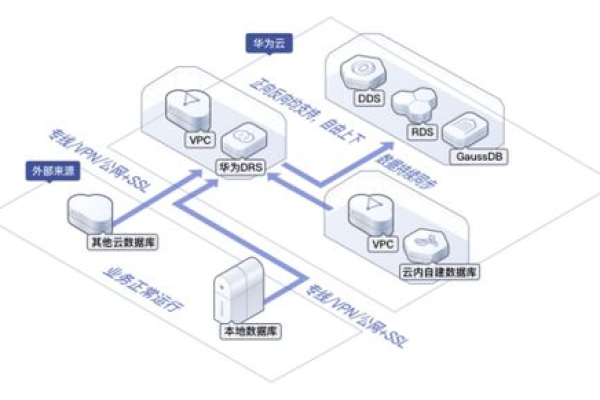从服务器读取图片
- 行业动态
- 2025-04-05
- 3
从服务器读取图片是一个常见的需求,无论是在网页开发、移动应用开发还是其他类型的软件开发中,以下是详细的步骤和示例代码,展示如何从服务器读取图片:
使用HTTP请求从服务器获取图片
使用JavaScript(浏览器环境)
在浏览器环境中,可以使用fetch API来发送HTTP请求并获取图片,以下是一个示例:
const imageUrl = 'https://example.com/path/to/image.jpg';
fetch(imageUrl)
.then(response => {
if (!response.ok) {
throw new Error('Network response was not ok');
}
return response.blob(); // 将响应转换为Blob对象
})
.then(blob => {
const imgElement = document.createElement('img');
imgElement.src = URL.createObjectURL(blob);
document.body.appendChild(imgElement);
})
.catch(error => {
console.error('There has been a problem with your fetch operation:', error);
});
在这个示例中,我们首先使用fetch函数发送一个GET请求到指定的图片URL,我们检查响应是否成功,如果成功则将响应体转换为Blob对象,我们创建一个<img>元素,并将Blob对象的URL设置为该元素的src属性,最后将这个图片元素添加到页面的body中。
使用Python(后端环境)
在Python中,可以使用requests库来发送HTTP请求并获取图片,以下是一个示例:
import requests
from PIL import Image
from io import BytesIO
image_url = 'https://example.com/path/to/image.jpg'
response = requests.get(image_url)
if response.status_code == 200:
img = Image.open(BytesIO(response.content))
img.show() # 显示图片
else:
print('Failed to retrieve the image')
在这个示例中,我们首先使用requests.get函数发送一个GET请求到指定的图片URL,我们检查响应的状态码是否为200(表示成功),如果是,我们将响应的内容转换为字节流,并使用PIL库打开这个字节流作为图片,我们调用img.show()方法来显示这张图片。
使用AJAX从服务器获取图片数据
在前端开发中,有时需要使用AJAX(Asynchronous JavaScript and XML)技术来异步获取数据,以下是一个使用jQuery库发送AJAX请求并获取图片数据的示例:
<!DOCTYPE html>
<html lang="en">
<head>
<meta charset="UTF-8">
<title>AJAX Image Fetch</title>
<script src="https://code.jquery.com/jquery-3.6.0.min.js"></script>
</head>
<body>
<img id="image" src="" alt="Image will appear here">
<script>
$.ajax({
url: 'https://example.com/path/to/image.jpg',
type: 'GET',
success: function(data) {
var blob = new Blob([data], {type: 'image/jpeg'});
var urlCreator = window.URL || window.webkitURL;
var imageUrl = urlCreator.createObjectURL(blob);
$('#image').attr('src', imageUrl);
},
error: function(error) {
console.log('Error fetching the image:', error);
}
});
</script>
</body>
</html>
在这个示例中,我们首先引入了jQuery库,我们使用$.ajax函数发送一个GET请求到指定的图片URL,在成功回调函数中,我们将响应的数据转换为Blob对象,并创建一个URL指向这个Blob对象,我们将这个URL设置为页面上<img>元素的src属性。
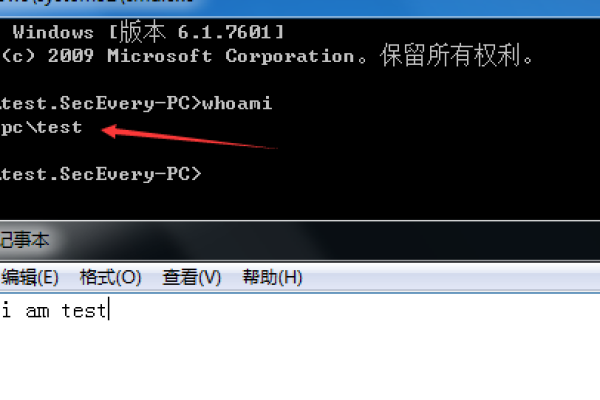
处理跨域问题
当从不同域的服务器获取图片时,可能会遇到跨域资源共享(CORS)的问题,为了解决这个问题,服务器需要在响应头中包含适当的CORS头信息。
Access-Control-Allow-Origin:
或者更具体地指定允许的域名:
Access-Control-Allow-Origin: https://yourdomain.com
在客户端,确保正确设置了请求头以支持CORS,在使用fetch API时:
fetch(imageUrl, {
mode: 'cors' // 启用CORS
})
FAQs
Q1: 如果服务器不支持CORS怎么办?
A1: 如果服务器不支持CORS,你可以尝试以下几种方法:
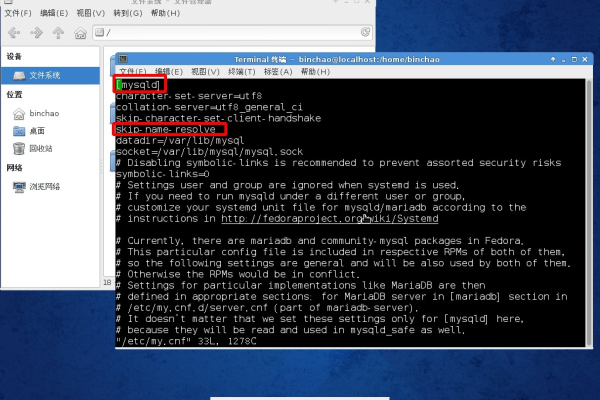
在服务器端添加CORS支持。
使用代理服务器来转发请求。
将图片上传到支持CORS的公共CDN或图片托管服务。
Q2: 如何处理大尺寸的图片加载?
A2: 对于大尺寸的图片,可以考虑以下优化策略:
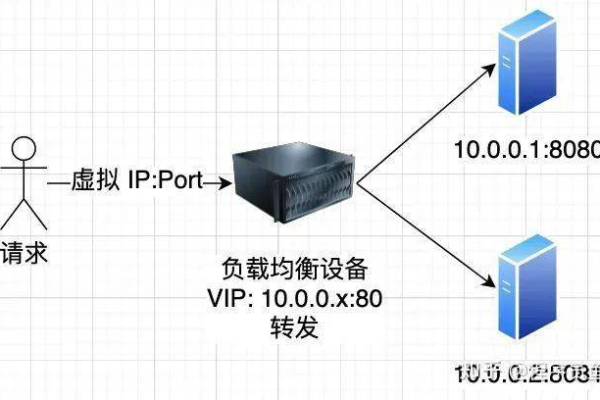
使用懒加载技术,只在图片进入视口时才加载。
对图片进行压缩和优化,减少文件大小。
使用WebP等现代图片格式,提供更好的压缩比和性能。


